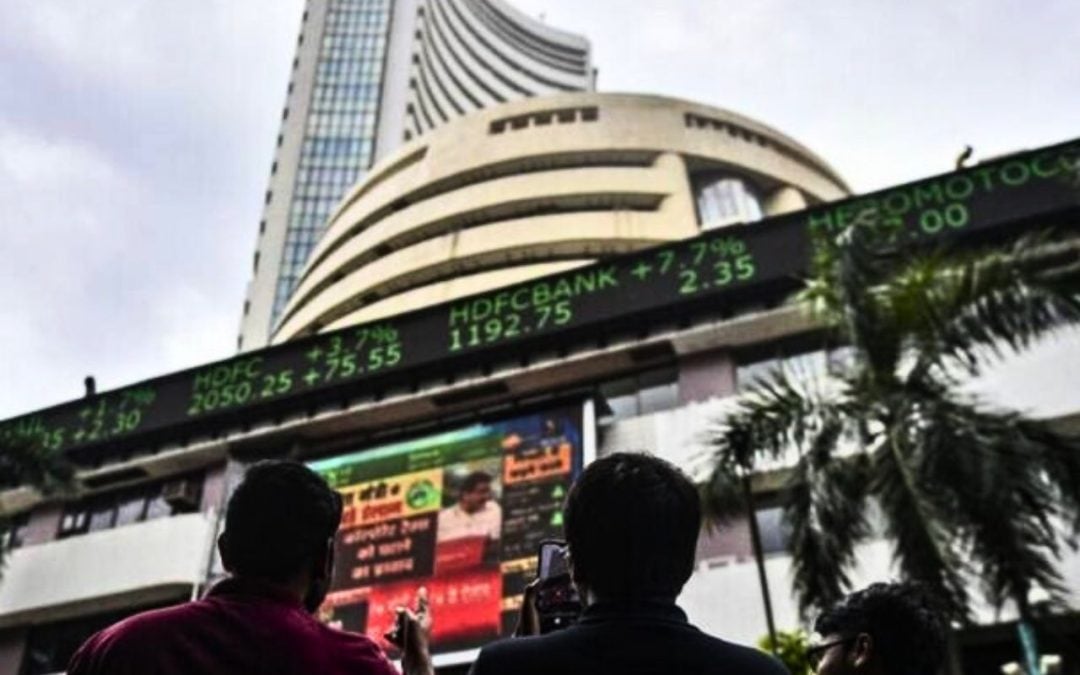Breakout stocks are shares that show a sharp price movement after crossing important technical resistance levels, suggesting a possible trend reversal. These stocks typically draw investor interest as they move out of a consolidation phase, signaling strong upward momentum and potential for further gains.
A breakout typically happens when a stock moves above a previous high or breaks through pattern resistance, indicating the beginning of a new uptrend. Investors are drawn to breakout stocks for their potential high returns, though they may also carry higher volatility. Spotting such stocks early, especially in high-growth sectors or fundamentally strong companies, can offer attractive investment opportunities.
Here are a few stocks recently surging beyond their all-time highs
Nippon Life India Asset Management Limited
Nippon Life India Asset Management Limited was incorporated in 1995 and is engaged in managing mutual funds, ETFs, portfolio management, alternative investment funds, pension funds, and offshore advisory, serving individual and institutional investors across India and globally.
The company experienced a breakout after 5 weeks, reaching its previous all-time high of Rs. 821.95 on June 9, 2025. Following this, the stock reversed and traded below the previous high. However, on July 15, 2025, the stock broke through the strong resistance level of Rs. 813, marking a significant breakout and rising by up to 6.70 percent from the resistance zone.
Aarti Pharmalabs Limited
Aarti Pharmalabs Limited was established in 2022 following a demerger from Aarti Industries and is engaged in manufacturing active pharmaceutical ingredients (APIs), intermediates, and specialty chemicals, serving global pharmaceutical, biotechnology, and healthcare companies with integrated research-driven solutions.
The company experienced a breakout after 5 weeks, reaching its previous all-time high of Rs. 949.50 on June 5, 2025. Following this, the stock reversed and traded below the previous high. However, on July 15, 2025, the stock broke through the strong resistance level of Rs. 941, marking a significant breakout and rising by up to 3 percent from the resistance zone.
MRF Limited
MRF Limited was incorporated in 1960 and is engaged in manufacturing automotive tyres, tubes, treads, conveyor belts, and paints. It serves domestic and international markets across sectors like automobiles, aviation, and industrial equipment with durable, high-performance products.
The company experienced a breakout after years, reaching its previous all-time high of Rs. 151,445 on February 23, 2024. Following this, the stock reversed and traded below the previous high. However, on July 16, 2025, the stock broke through the strong resistance level of Rs. 151,000, marking a significant breakout and rising by up to 1 percent from the resistance zone.
HDFC Asset Management Company Limited
HDFC Asset Management Company Limited was incorporated in 1999 and is engaged in managing mutual funds, portfolio management services, and alternative investment funds, serving over 13 million investors with Rs. 7.5 trillion in assets under management as of March 2025.
The company experienced a breakout after years, reaching its previous all-time high of Rs. 5,275 on June 9, 2025. Following this, the stock reversed and traded below the previous high. However, on July 15, 2025, the stock broke through the strong resistance level of Rs. 5,233, marking a significant breakout and rising by up to 2 percent from the resistance zone.
Written By – Nikhil Naik
Disclaimer

The views and investment tips expressed by investment experts/broking houses/rating agencies on tradebrains.in are their own, and not that of the website or its management. Investing in equities poses a risk of financial losses. Investors must therefore exercise due caution while investing or trading in stocks. Trade Brains Technologies Private Limited or the author are not liable for any losses caused as a result of the decision based on this article. Please consult your investment advisor before investing.


